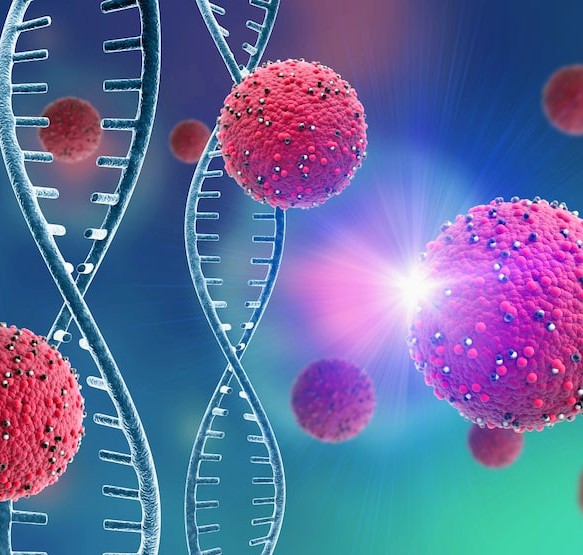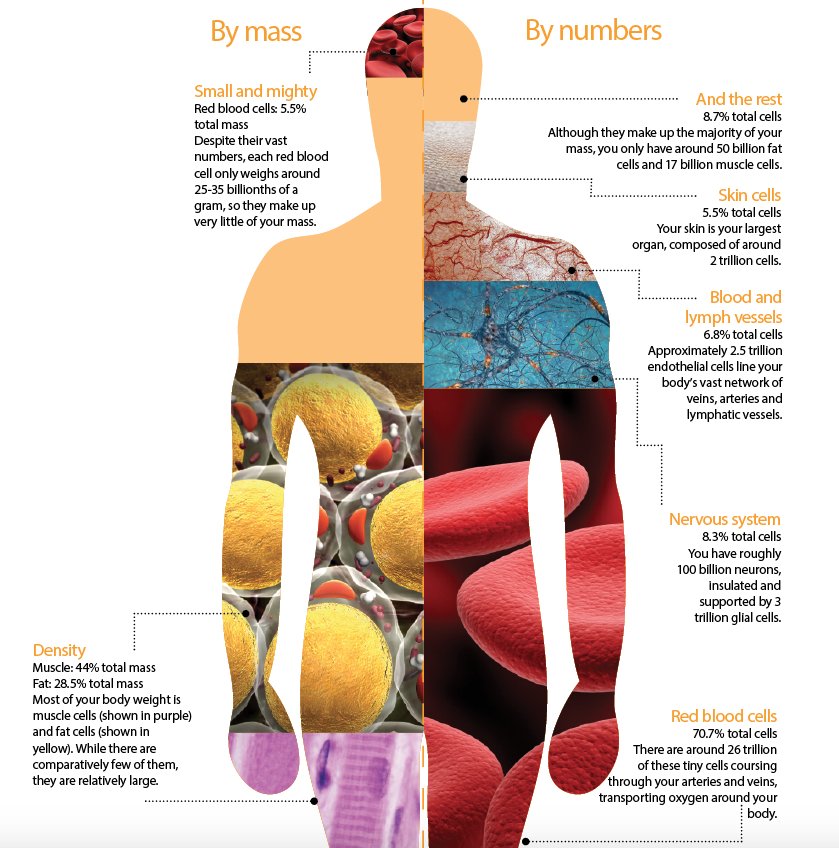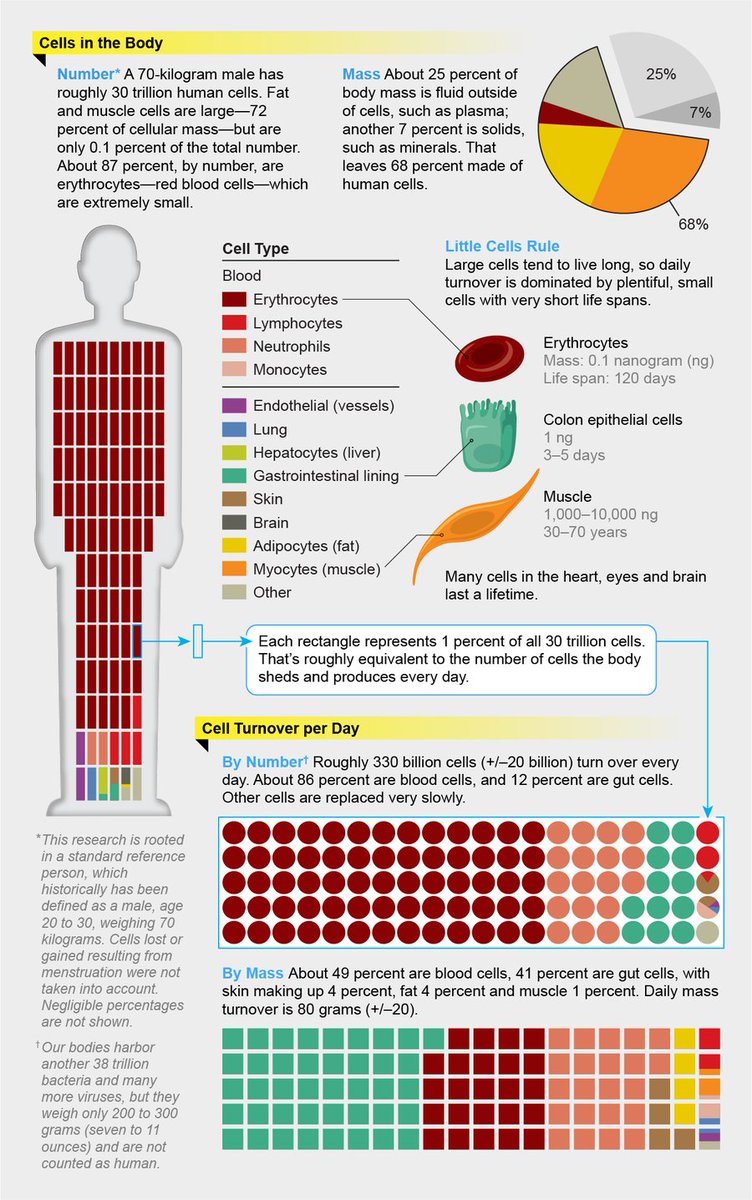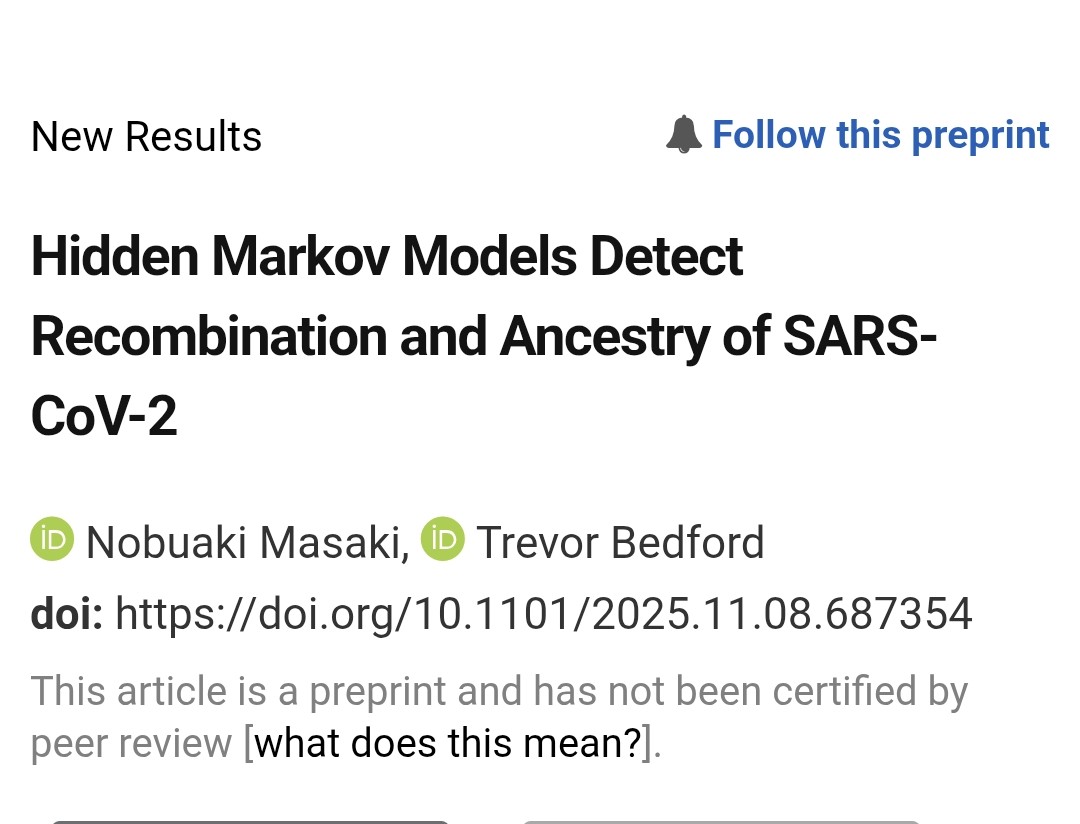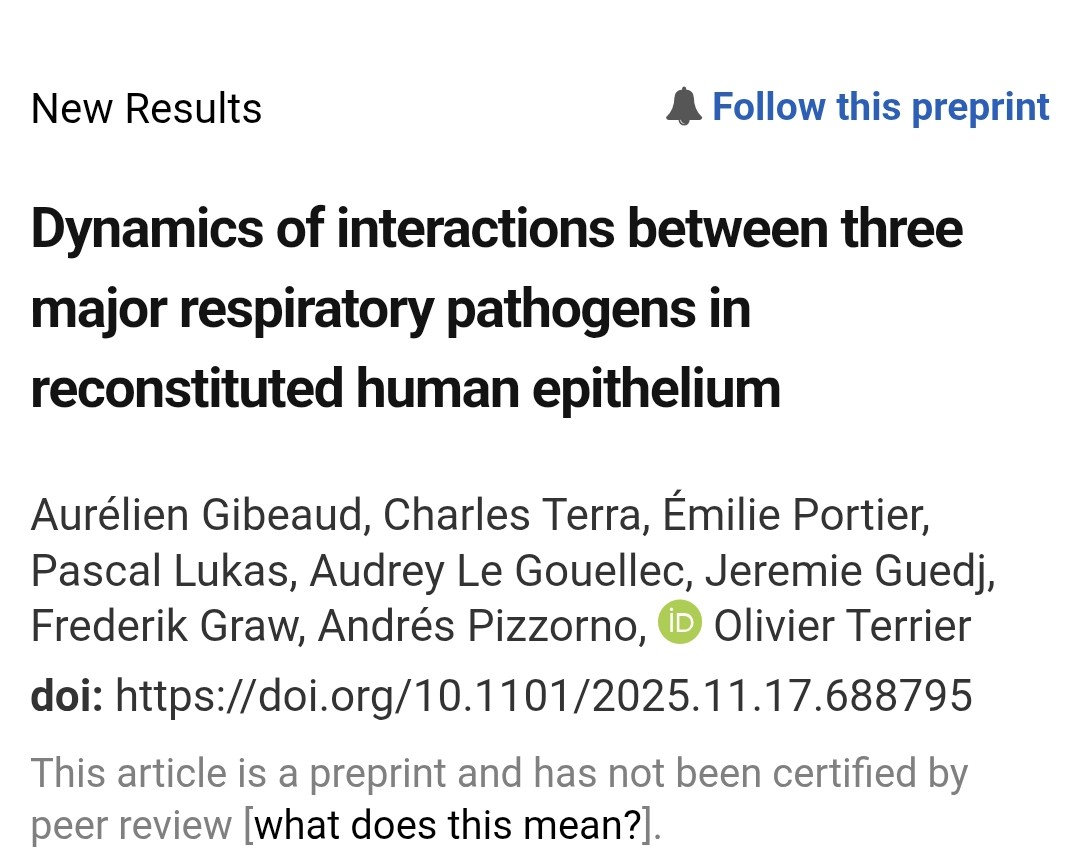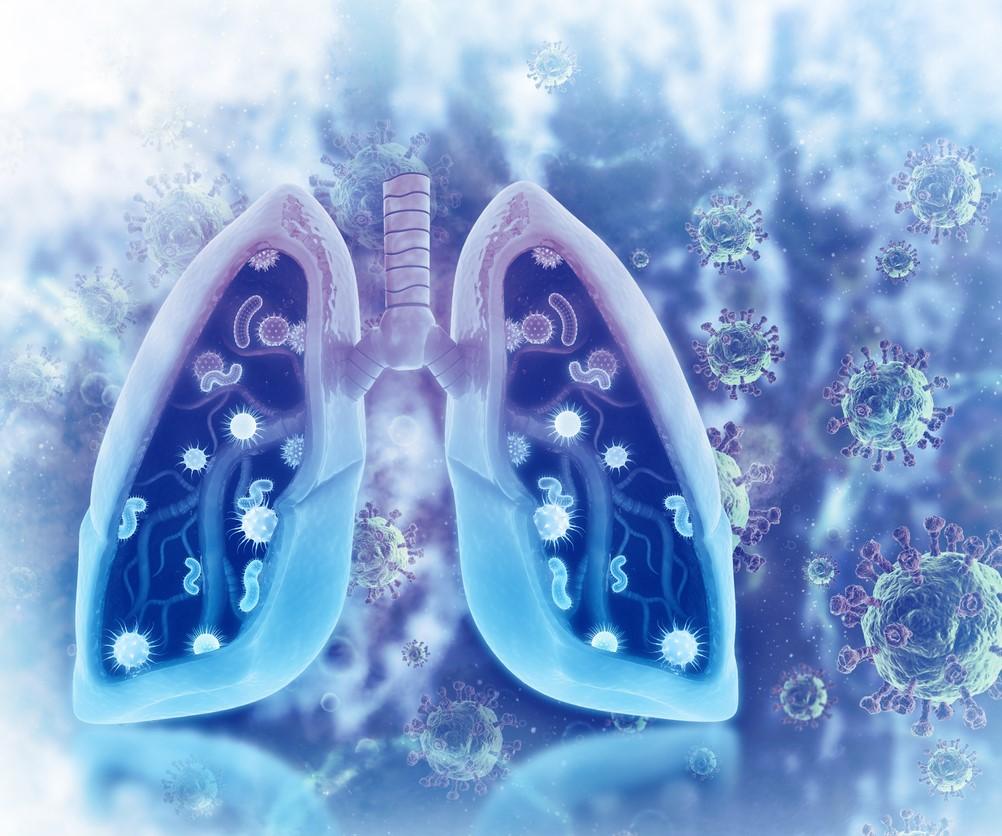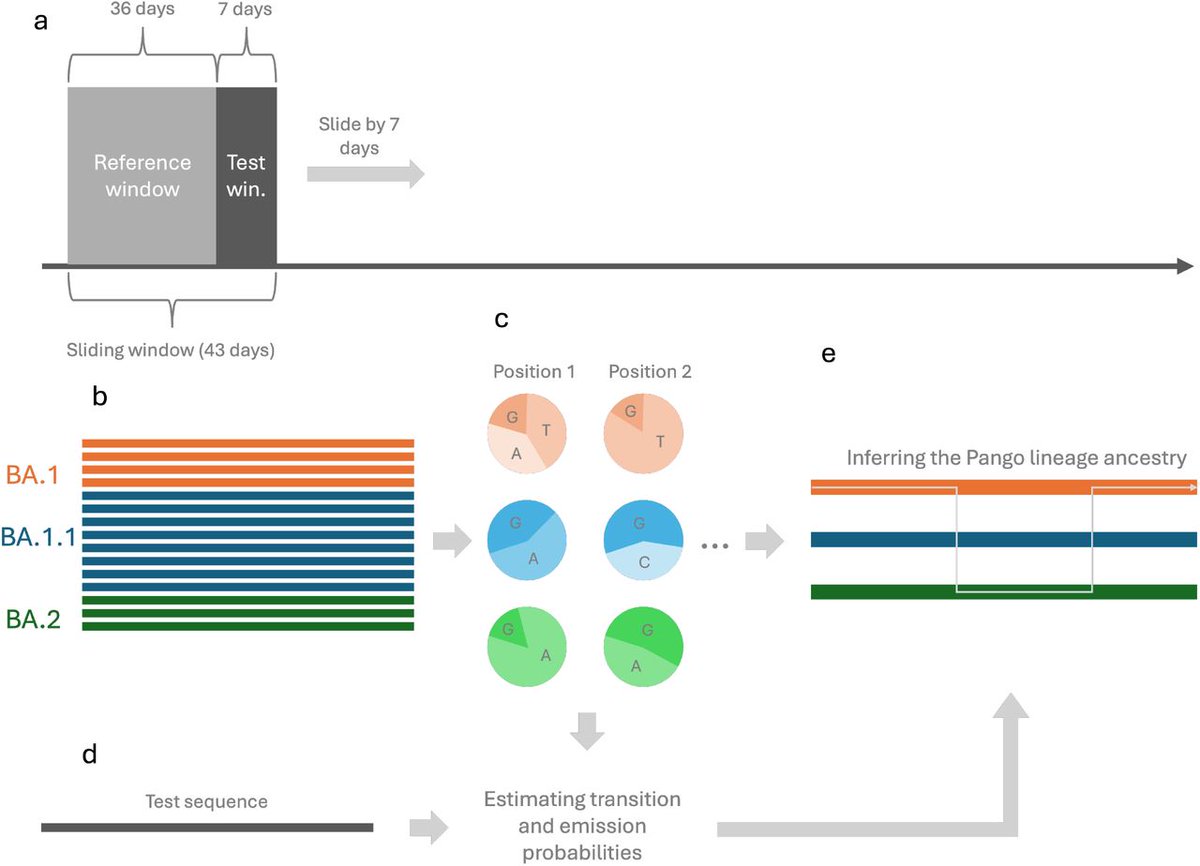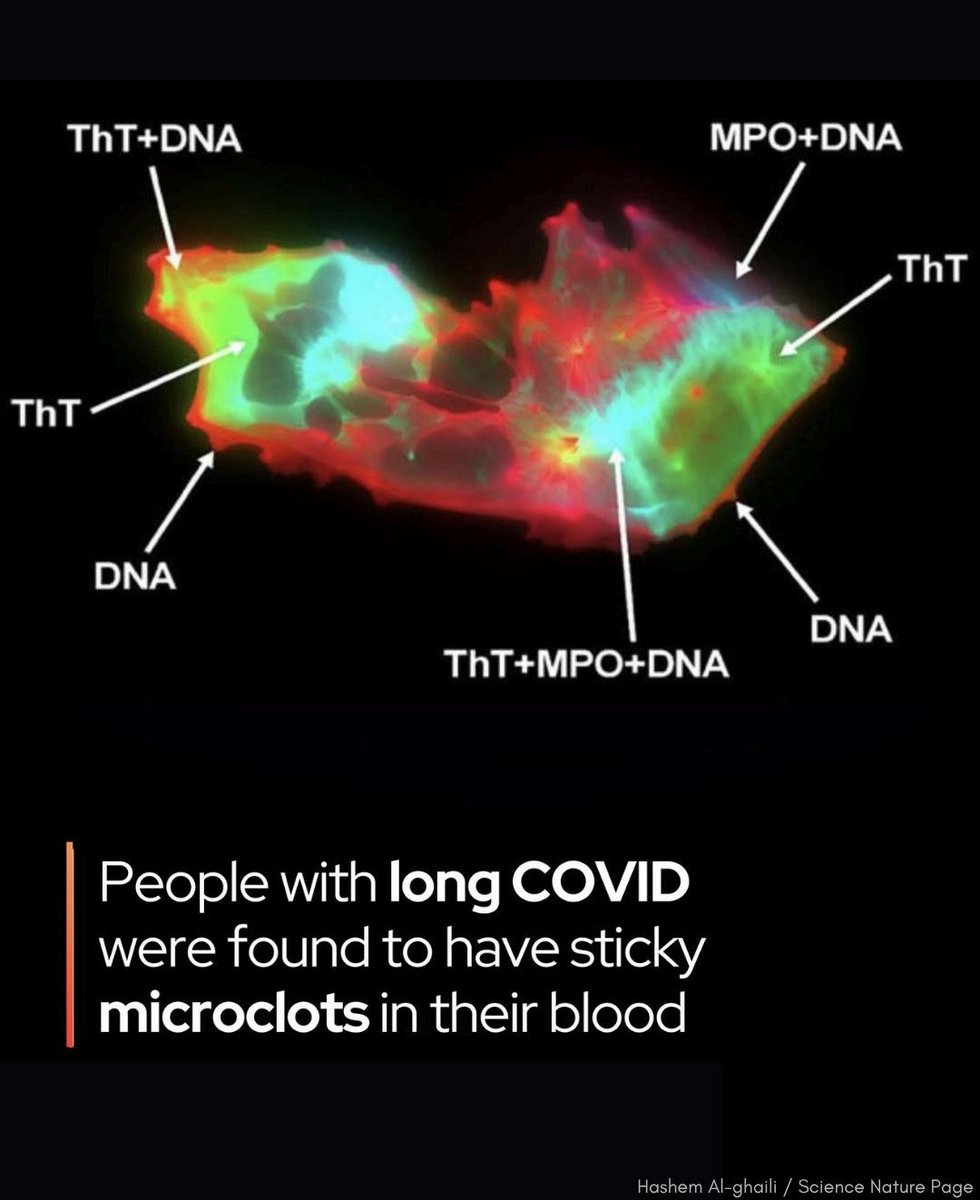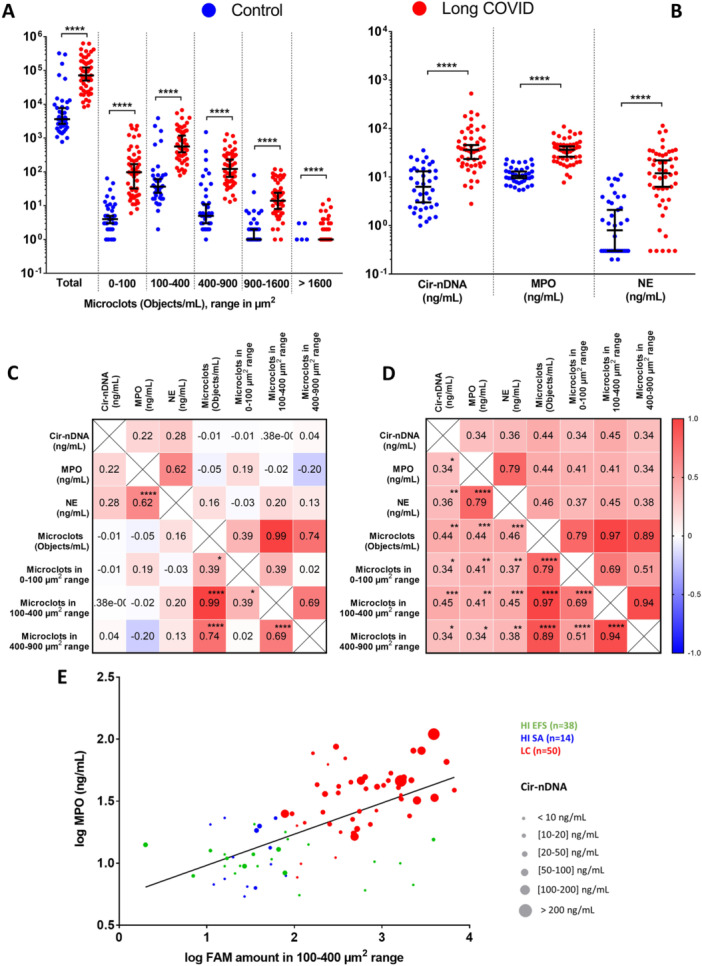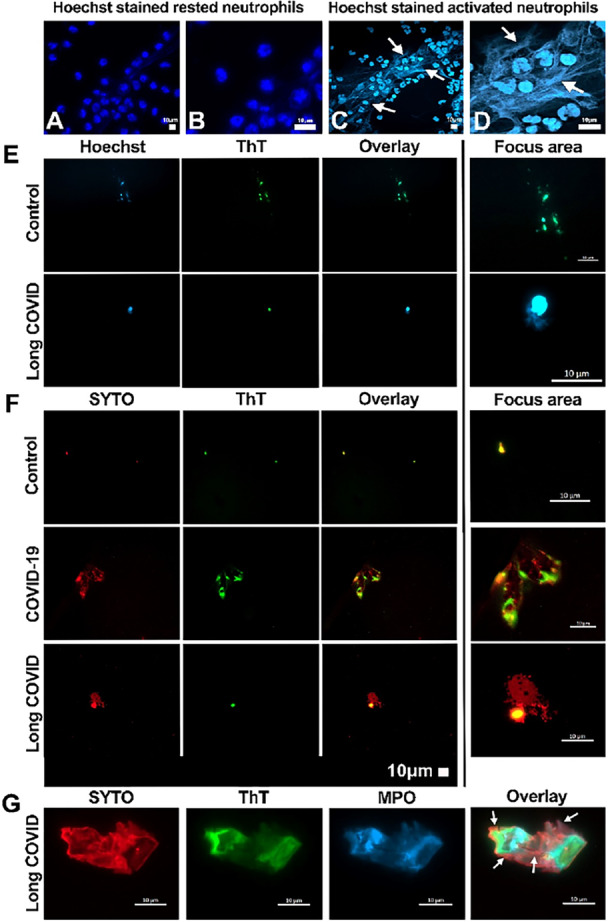𝙄𝙣𝙩𝙚𝙧𝙚𝙨𝙩𝙞𝙣𝙜 𝙨𝙩𝙪𝙙𝙮 : 𝘽𝙚𝙝𝙖𝙫𝙞𝙤𝙧-𝙙𝙧𝙞𝙫𝙚𝙣 𝙛𝙤𝙧𝙚𝙘𝙖𝙨𝙩𝙨 𝙤𝙛 𝙣𝙚𝙞𝙜𝙝𝙗𝙤𝙧𝙝𝙤𝙤𝙙-𝙡𝙚𝙫𝙚𝙡 𝘾𝙊𝙑𝙄𝘿-19 𝙨𝙥𝙧𝙚𝙖𝙙 𝙞𝙣 𝙉𝙚𝙬 𝙔𝙤𝙧𝙠 𝘾𝙞𝙩𝙮
@C_A_G0101
medrxiv.org/content/10.110…

@C_A_G0101
medrxiv.org/content/10.110…

2) The paper analyzes aggregated foot traffic data from mobile devices to measure mobility and contact patterns across different place categories (restaurants, retail, etc.) in New York City neighborhoods during the COVID-19 pandemic in 2020. 

3) It finds distinct mobility networks and indoor contact patterns (crowdedness, dwell time) vary across place categories and neighborhoods, driven by the local distribution of points of interest and human activities. 

4) A behavior-driven epidemic model is developed that incorporates these place-category specific mobility networks and links the force of infection to crowdedness and dwell time using power-law functions. 

5) Model fitting suggests force of infection increases sublinearly with crowdedness and dwell time, showing a diminishing returns effect.
When coupled with data assimilation, the model can accurately reproduce neighborhood-level COVID-19 case trends in NYC in 2020 and ...
When coupled with data assimilation, the model can accurately reproduce neighborhood-level COVID-19 case trends in NYC in 2020 and ...

6) ...generate improved short-term forecasts compared to a baseline model without place-category distinction.
The behavior-driven model captures how social drivers of contagion shaped transmission and ...
The behavior-driven model captures how social drivers of contagion shaped transmission and ...

7) ...can potentially support outbreak response if adapted for other respiratory diseases spread through similar routes.
Thanks for reading 🙏
Thanks for reading 🙏
• • •
Missing some Tweet in this thread? You can try to
force a refresh


